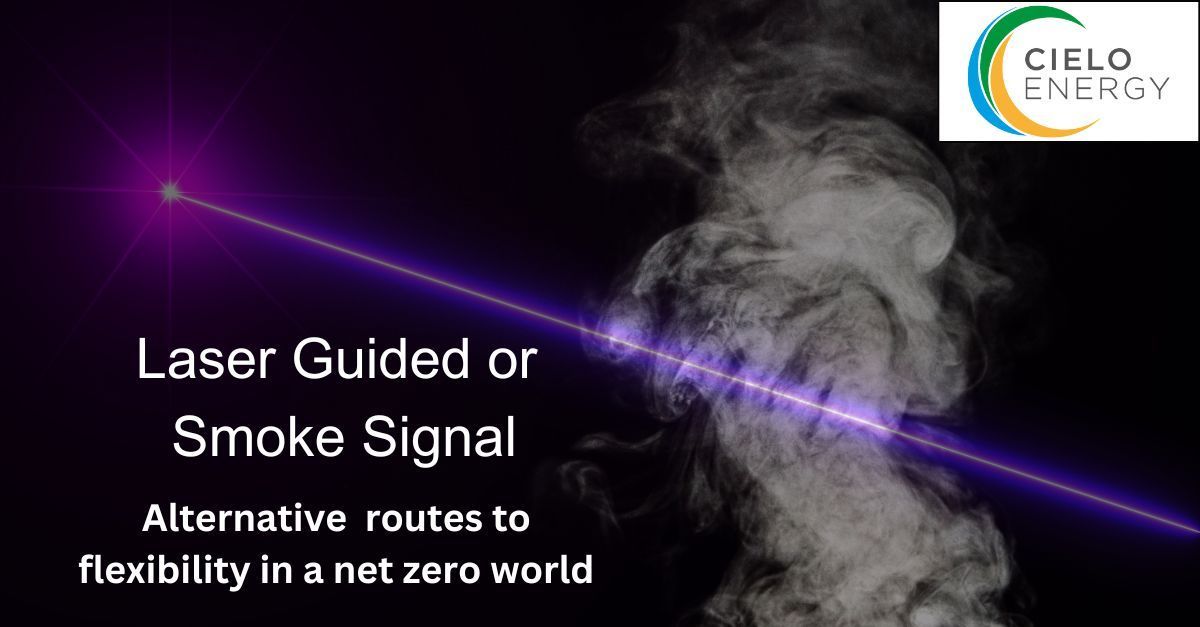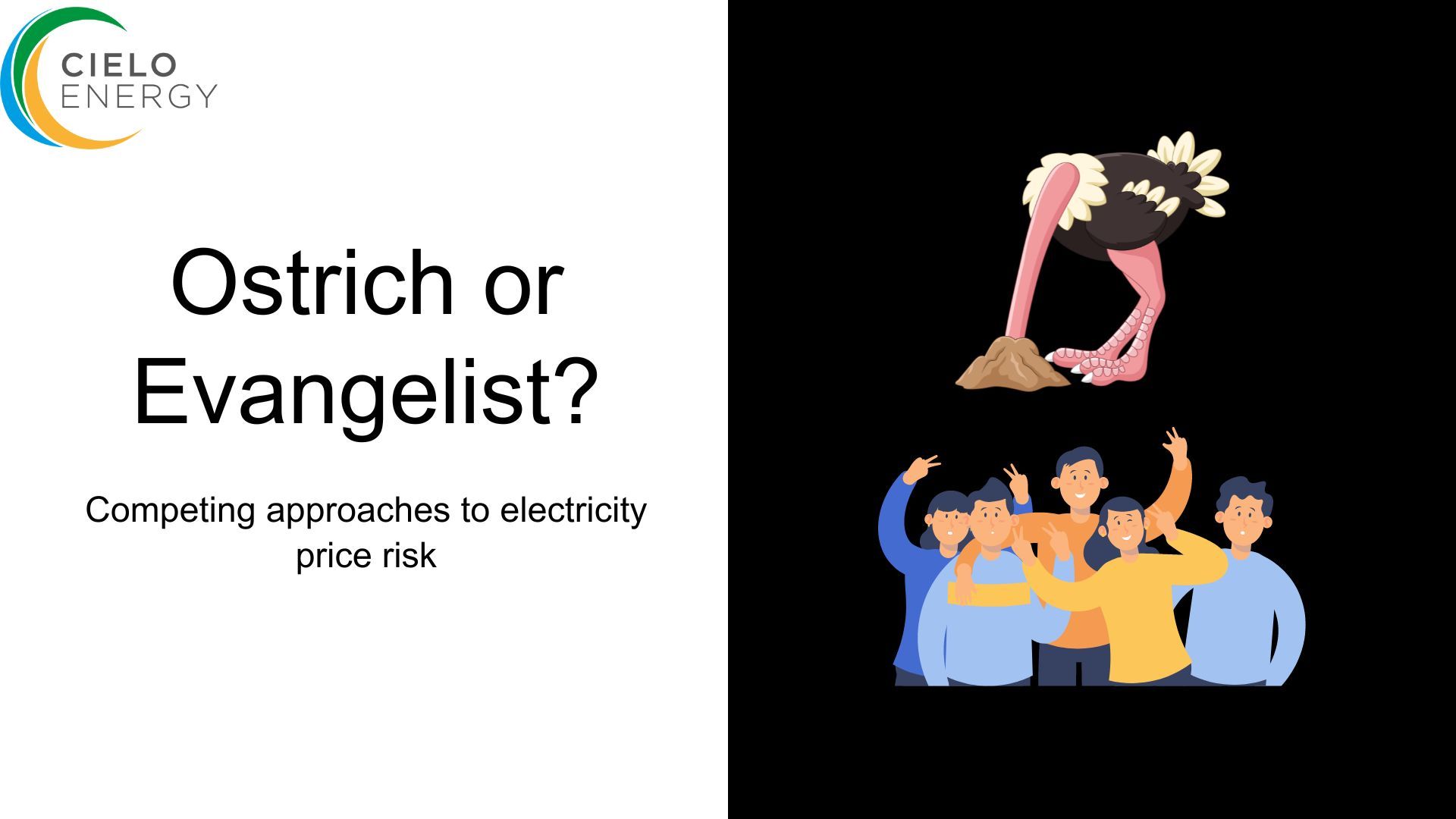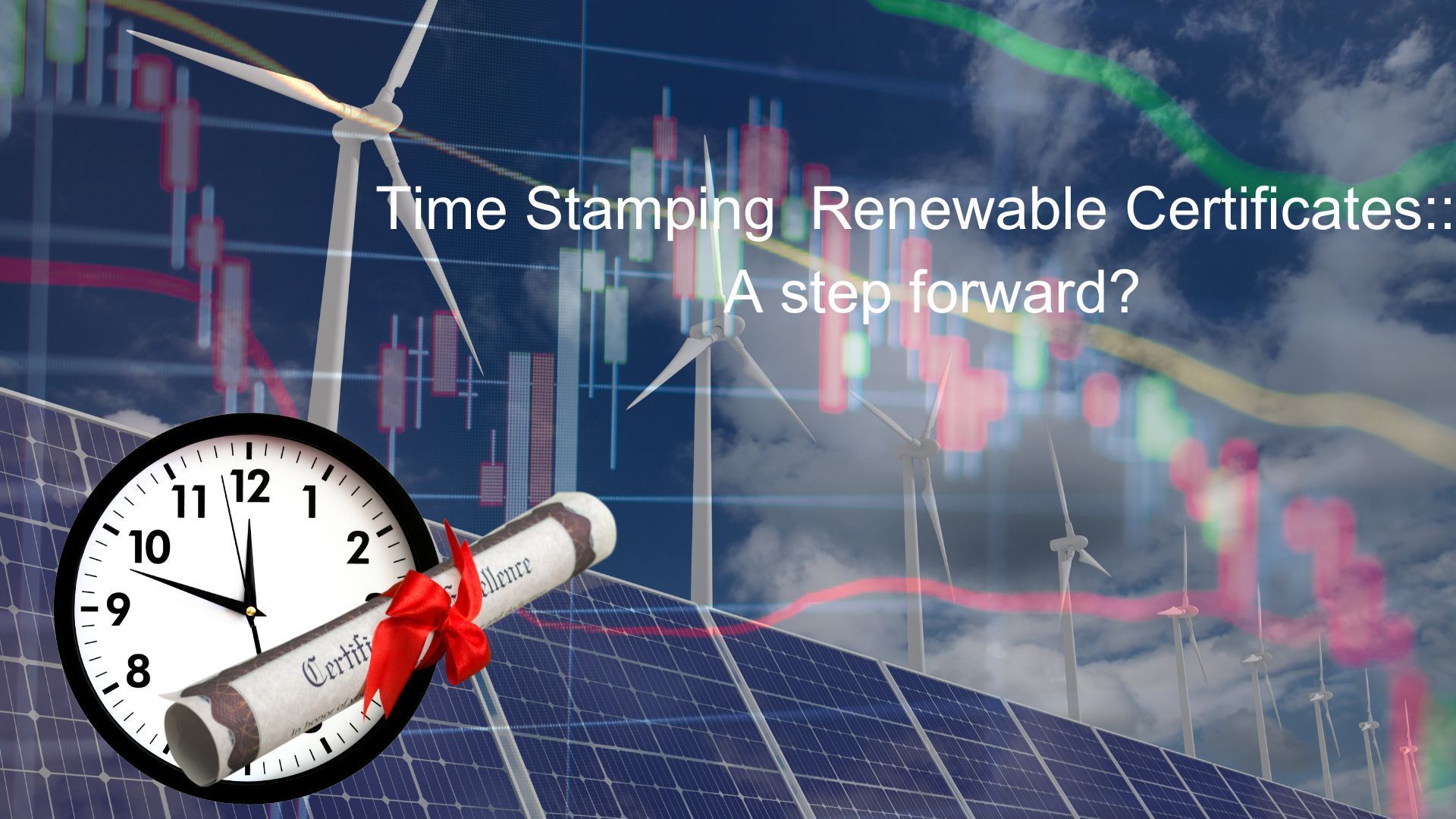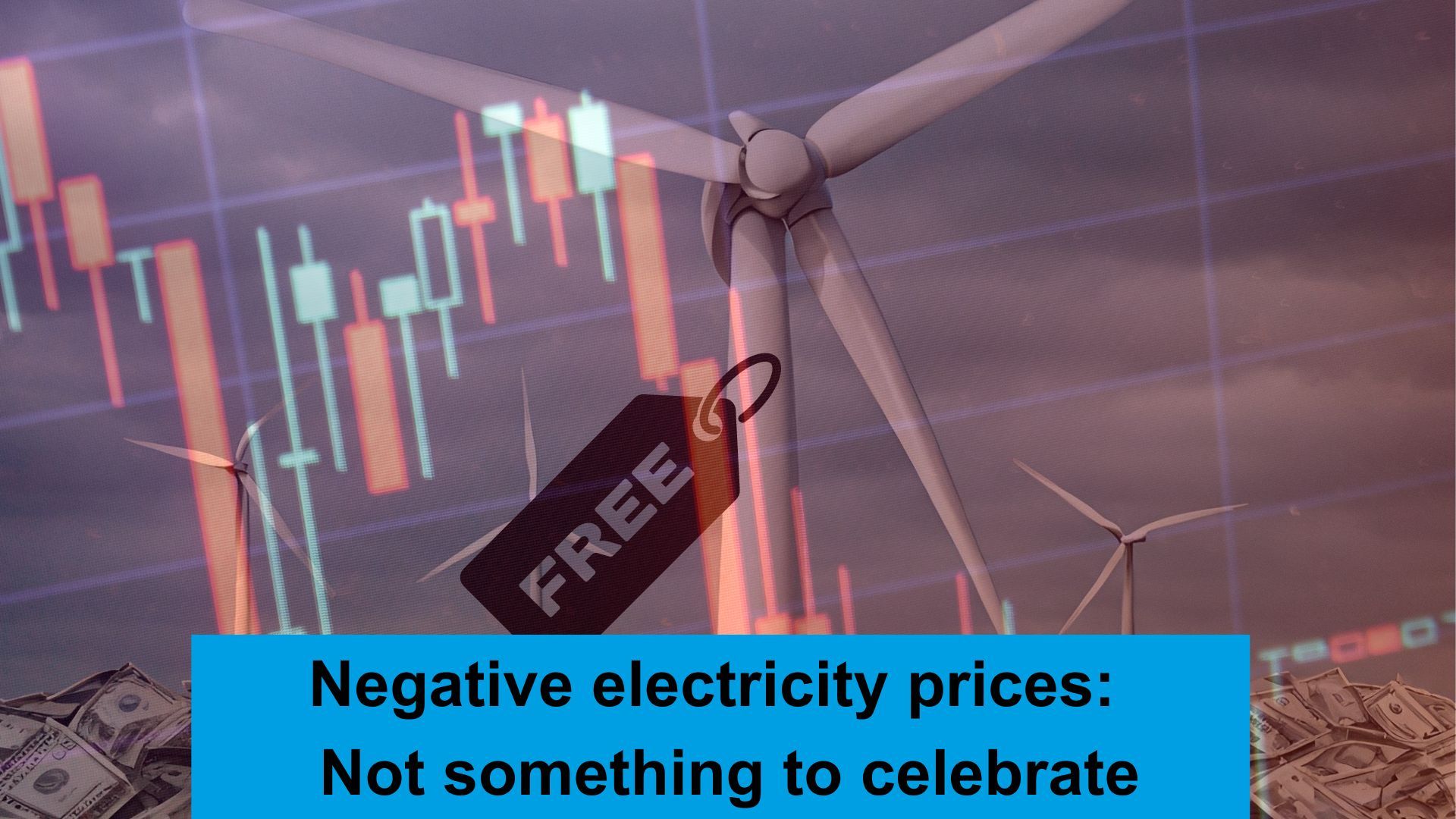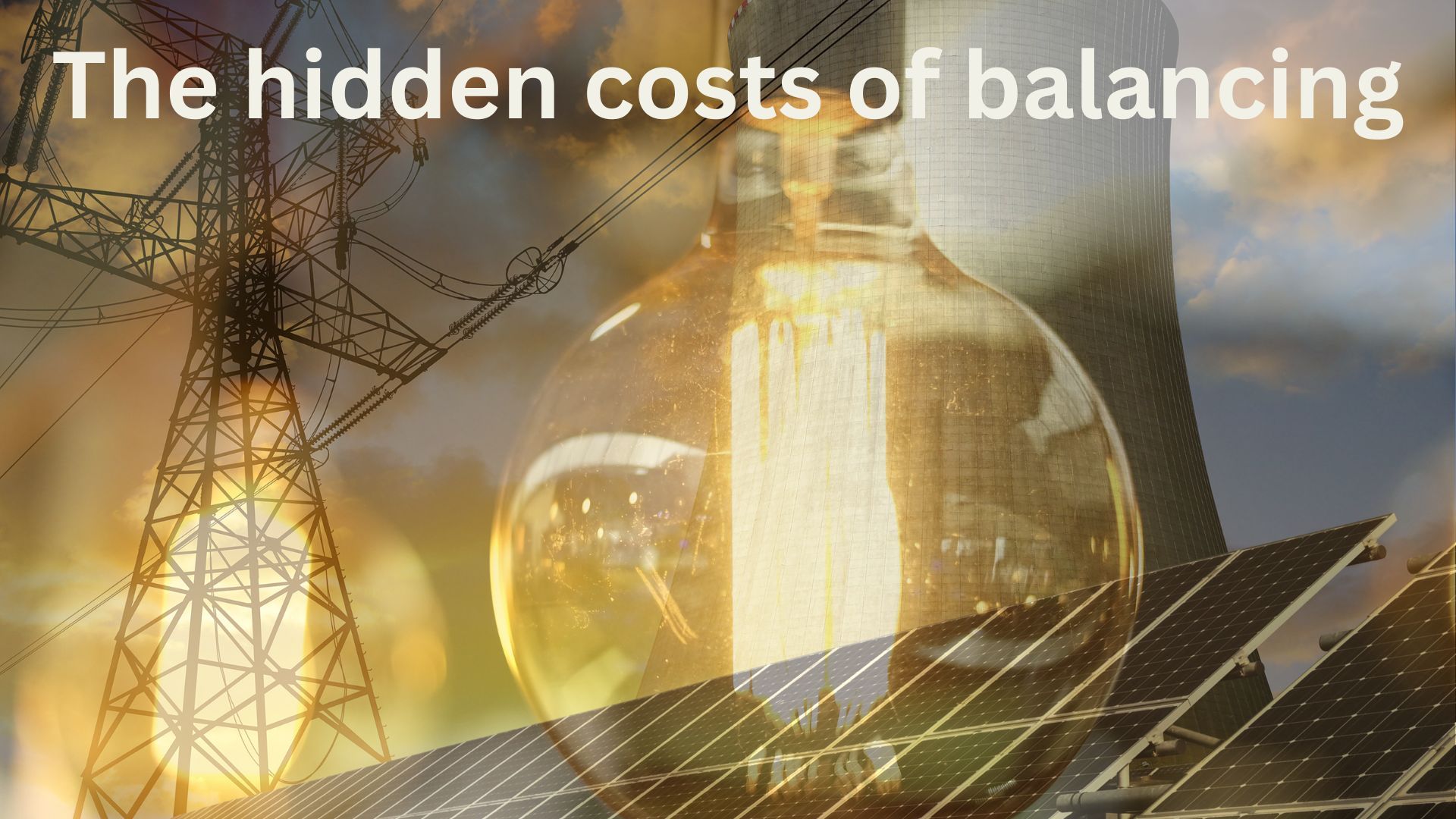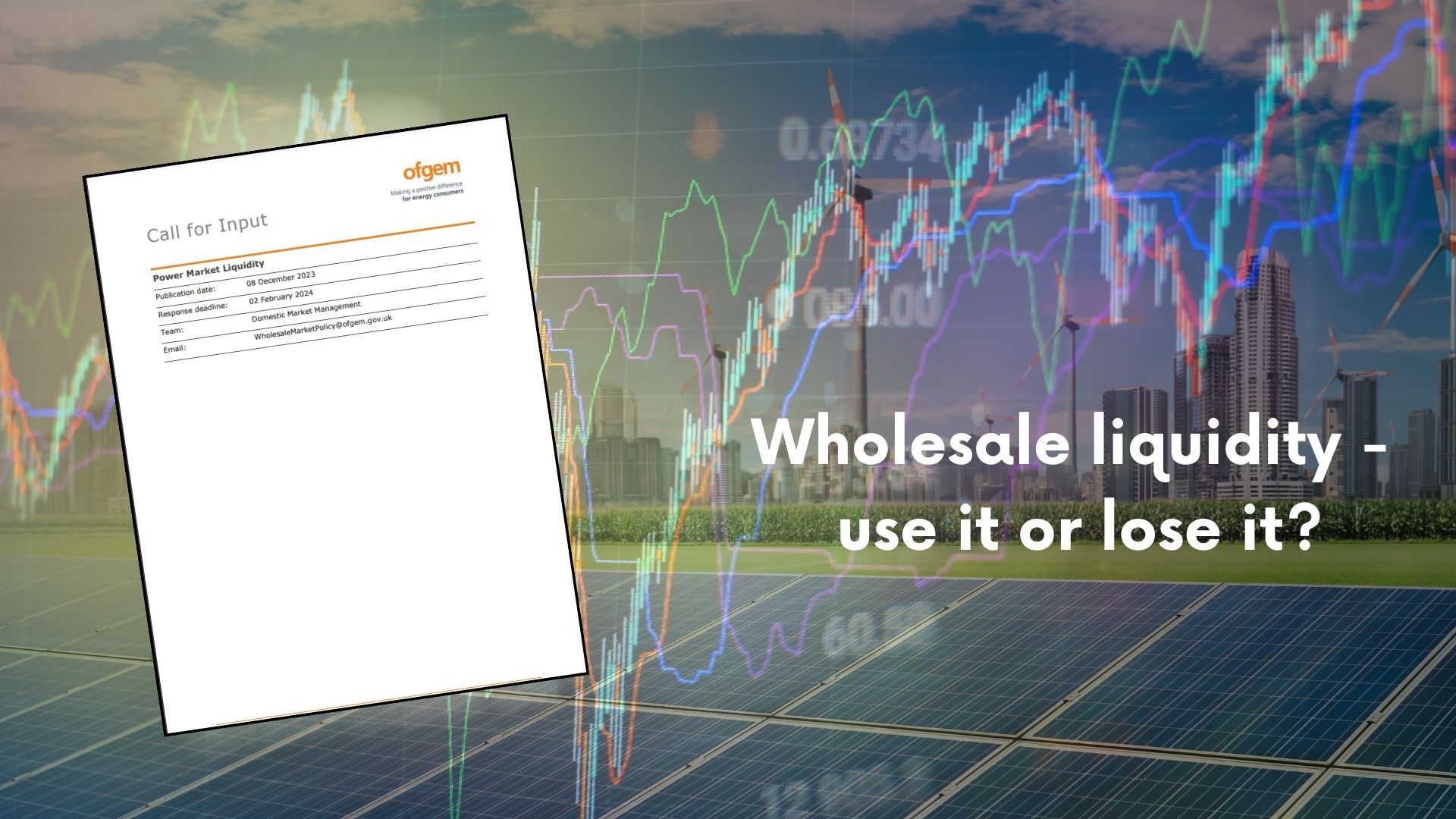No matter how good the tech, it needs to work within the market

The energy market is changing, and the number of tech start-ups entering the market is growing, as companies seek to solve problems and deliver innovation. This digital tsunami is challenging the status quo, although at the same time is being challenged by the market realities.
A key question that comes up time and again from tech businesses is how they can get their product or service to work in the electricity market given all its complexities and inertia. How do they find the market (and the money) in an integrated and regulated market where the commercial drivers are so complicated?
Years back there were ‘energy businesses’. These businesses operated in a specific part or parts of the value chain. Everything they did was focussed on that particular business, and they knew it from end to end.
Today many new entrants are non-energy business, with a technology platform or idea built on a particular service; yet the product still needs to work within the energy ecosystem, needing support to develop and structure it.
Here are key takeaways for new entrants from a non-energy background.
Simple products win- they are easier to sell, and understand. Even large companies (or their representatives) seek simplicity most times. This leaves the complexity of the market with the seller.
Products with bundled offerings win – full offtake (PPA) or supply (fixed term contract) work because they make it easy for customers.
Price matters – price comparison to end users either through PPA platforms, third party intermediaries or price comparison websites create transparency.
Delivering products to customers that meet these criteria leaves whoever offers the product with a series of complex exposures which need to be managed. Welcome to the energy market!
For support shaping your tech to the market, please get in touch.
Share this on social media
All Rights Reserved | Cielo Energy
REG NO: 11992760 | ICO REG NO: ZA757421


